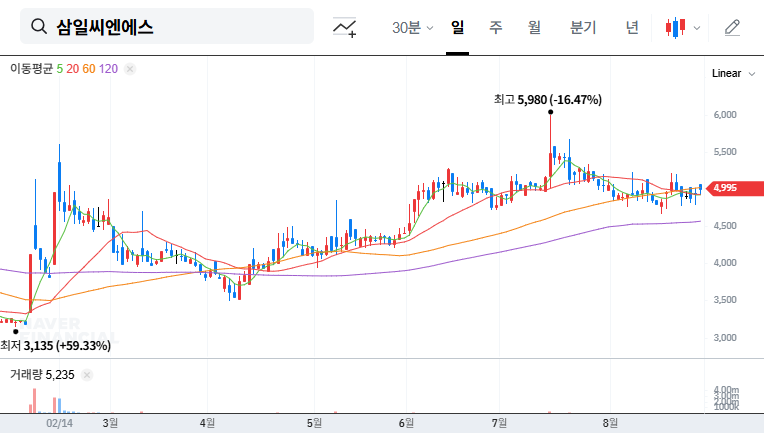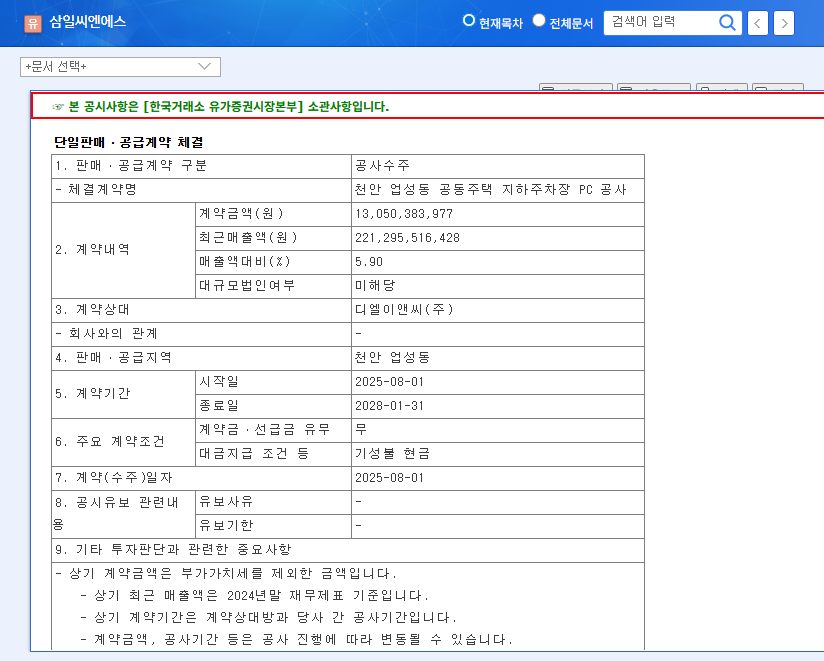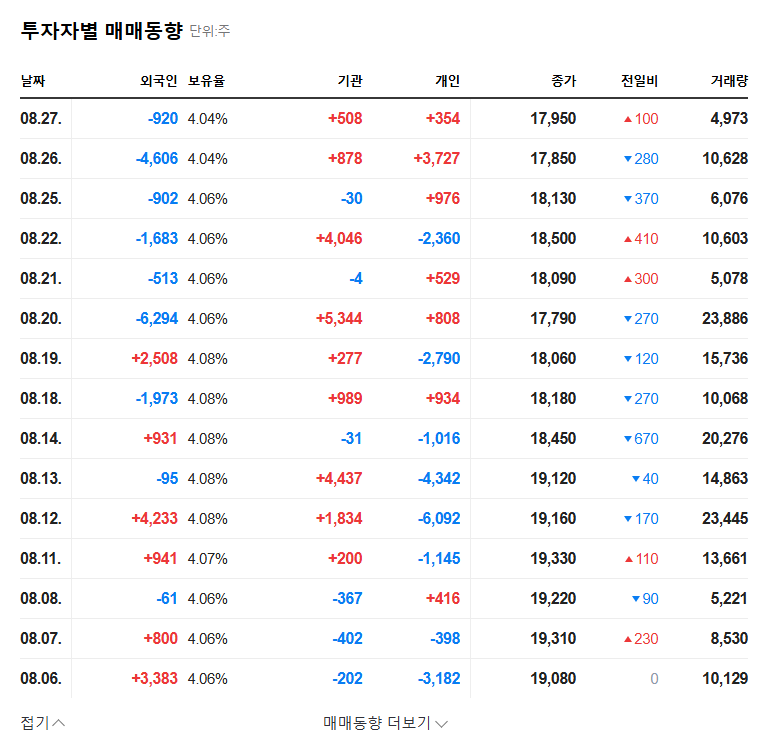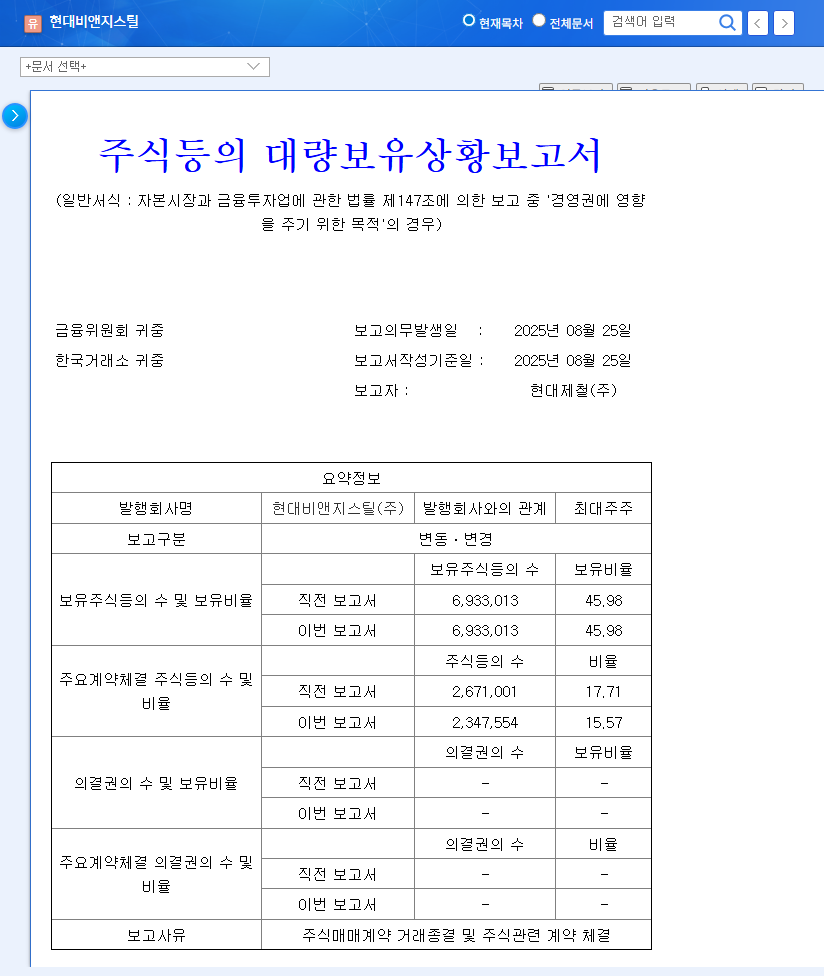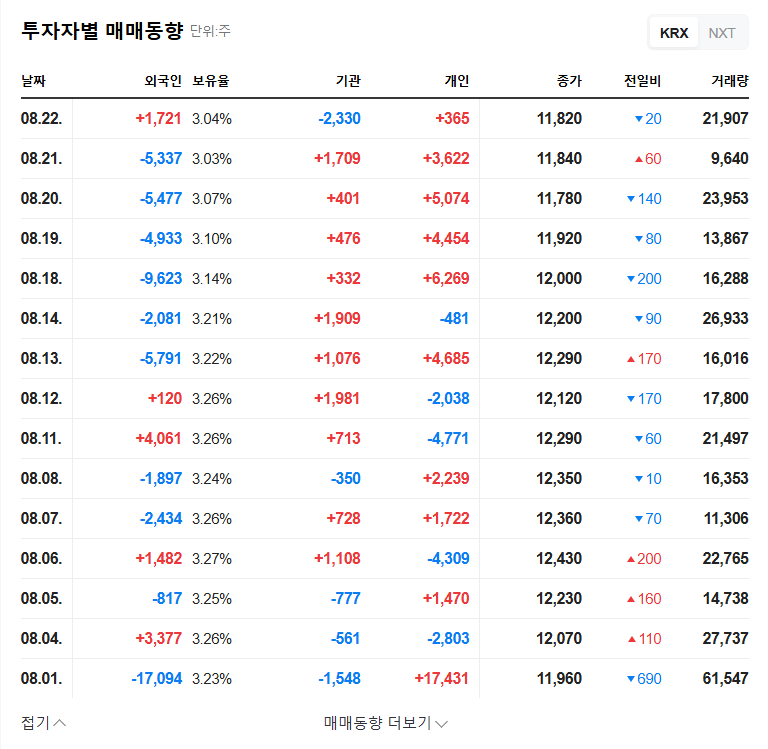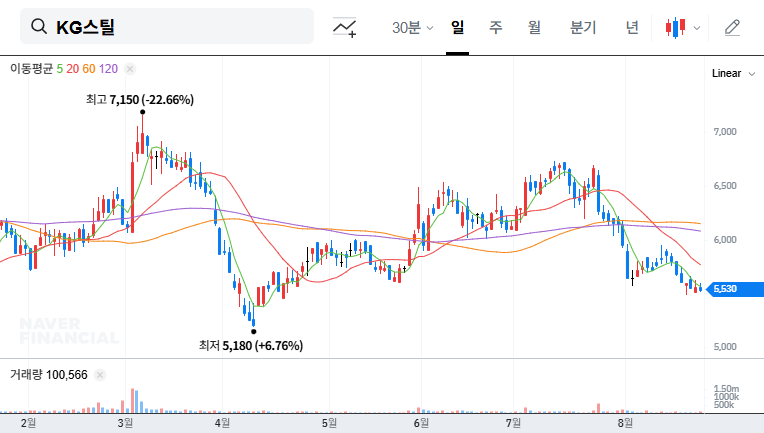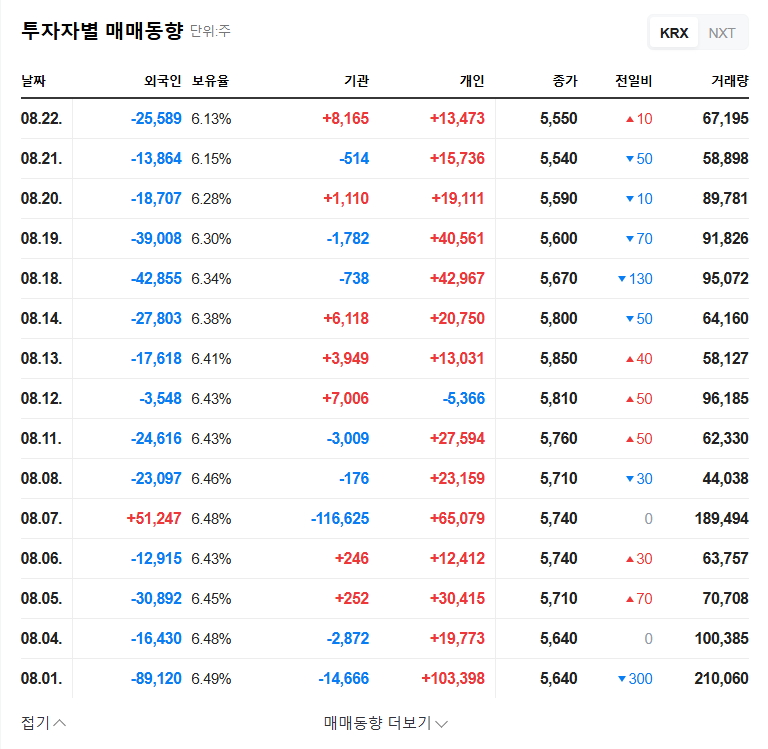1. What Happened at DSR Steel?
DSR Steel reported strong financial results for Q2 2025, with revenue of KRW 61.6 billion (up 12.6% YoY), operating profit of KRW 7.7 billion (up 266.7% YoY), and net income of KRW 6 billion, marking a successful return to profitability.
2. Reasons Behind the Surge in Profit
The positive results were driven by the contribution of the newly incorporated Vietnam subsidiary and the continued growth of DSR Steel’s core business. The Vietnam operations played a key role in boosting revenue, while lower raw material prices and efficient cost management significantly improved profitability. Furthermore, reduced debt levels strengthened the company’s financial position, laying a solid foundation for future growth.
3. Opportunities and Risks
- Opportunities: New growth drivers from the Vietnam subsidiary, enhanced cost competitiveness due to lower raw material prices, and improved financial health.
- Risks: Potential impact of exchange rate fluctuations and derivative valuations, inventory management requirements, and the need for profit stabilization in the overseas subsidiary.
4. Action Plan for Investors
DSR Steel’s Q2 2025 results are highly encouraging. However, investors should continue to monitor potential risks such as exchange rate volatility and inventory management. A prudent investment strategy requires careful consideration of the future performance of the overseas subsidiary and the company’s ability to maintain its growth momentum.
Frequently Asked Questions
What were DSR Steel’s key financial results for Q2 2025?
Revenue was KRW 61.6 billion (up 12.6% YoY), operating profit was KRW 7.7 billion (up 266.7% YoY), and net income was KRW 6 billion (a return to profitability).
What are the main factors behind this improved performance?
The key drivers include the contribution of the Vietnam subsidiary, strong core business growth, lower raw material prices, and effective cost management.
What should investors be aware of?
Investors should monitor potential risks related to exchange rate fluctuations, derivative valuations, inventory management, and the profitability of the overseas subsidiary.
